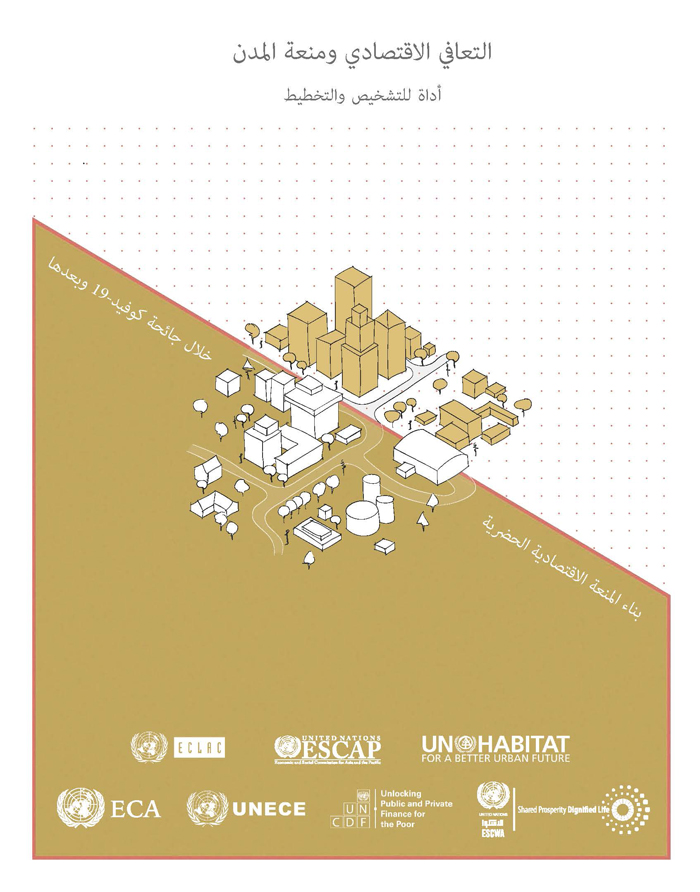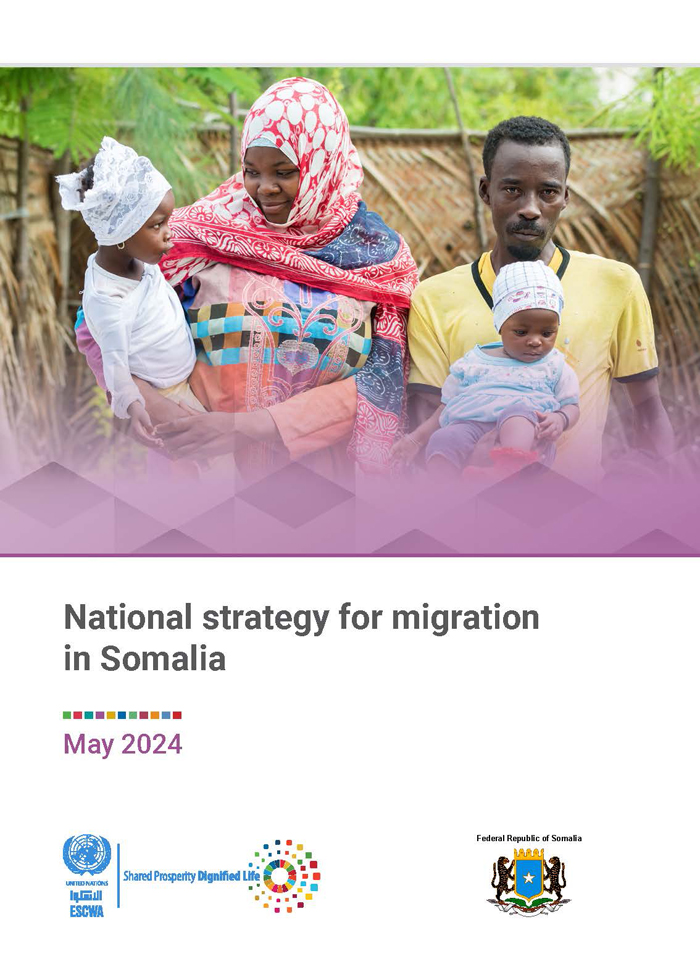
ESCWA Publication: E/ESCWA/CL2.GPID/2021/TP.5
Country: Arab region
Publication Type: Information material
Cluster: Gender Justice, Population and Inclusive Development
Focus Area: Governance & enabling environment, Inclusive development
Initiatives: Governance and institution building, Sustainable urban development
SDGs: Agenda 2030
Keywords: Urban economics, Economic planning, Covid-19, Urban development, Labour market, Cities, Governance, Basic services, Health services
Urban economic recovery and resilience: Diagnostic and planning tool
June 2022
The Diagnostic and Planning Tool (DPT) is developed in the context of the United Nations project on Building Urban Economic Resilience during and after COVID-19. It looks at the challenge of resilience building from the perspective of economic shocks triggered by global developments beyond the control of not only city governments but also national governments. These shocks are characterized, as indeed is the case in the current situation, by a combined effect of falling business activities and investment as well as rising unemployment, diminished household incomes, and shrinking consumer demand against the backdrop of disrupted global and regional supply chains.
The DPT consists of 5 resilience areas and 16 resilience performance indicators designed to measure the city performance and suggest areas for improvement. The DPT is envisaged as a developing and living instrument that may be adapted and adjusted to the local conditions. It may be used by city governments for their self-assessment to inform and facilitate their planning for recovery and longer-term resilience building.
Related content
Governance & enabling environment
, Inclusive development
,
The Diagnostic and Planning Tool (DPT) is developed in the context of the United Nations project on Building Urban Economic Resilience during and after COVID-19. It looks at the challenge of resilience building from the perspective of economic shocks triggered by global developments beyond the control of not only city governments but also national governments. These shocks are characterized, as indeed is the case in the current situation, by a combined effect of falling business activities and investment as well as rising unemployment, diminished household incomes, and shrinking consumer demand against the backdrop of disrupted global and regional supply chains.
The DPT consists of 5 resilience areas and 16 resilience performance indicators designed to measure the city performance and suggest areas for improvement. The DPT is envisaged as a developing and living instrument that may be adapted and adjusted to the local conditions. It may be used by city governments for their self-assessment to inform and facilitate their planning for recovery and longer-term resilience building.



